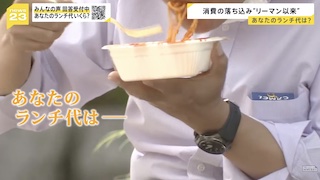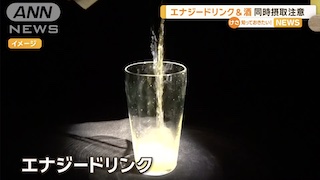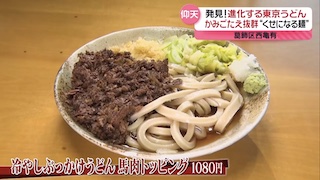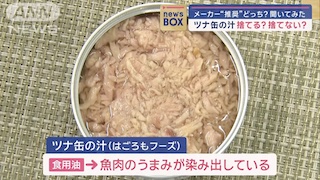TOKYO, Mar 07 (News On Japan) - Japan's Ministry of Health, Labour and Welfare compiled a draft of the "Japanese Dietary Reference Intakes," which sets standards for the amount of energy and nutrients that should be consumed in a diet to maintain health, during a review meeting held on Wednesday.
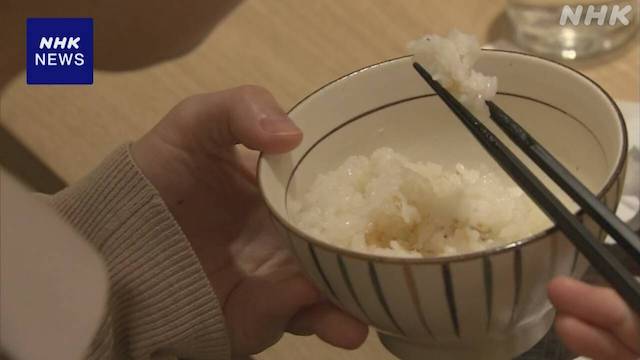
These dietary reference intakes are compiled to ensure a healthy lifestyle and are revised every five years. On March 6th, the Ministry's review committee put together a draft of the standards to be applied from the next fiscal year.
According to the draft, the daily energy requirement for an adult with a moderate level of physical activity is set at 2,600 to 2,750 kilocalories for men aged 18 to 64, and 1,950 to 2,050 kilocalories for women of the same age group.
The "ideal intake" of dietary fiber has been set at 25 grams per day for adults, one gram higher than before, based on the latest research showing that higher consumption of dietary fiber reduces the incidence of lifestyle-related diseases such as cancer and diabetes. However, the median intake of dietary fiber among Japanese adults aged 18 and over was approximately 13.3 grams per day in 2018 and 2019, significantly lower than the ideal intake. The Ministry has set "target amounts" for adults to aim for, with men consuming 20 to 22 grams and women 17 to 18 grams or more per day depending on their age.
Regarding salt intake, which increases the risk of hypertension as the amount consumed increases, the target amount for adults has been set at less than 7.5 grams per day for men and 6.5 grams per day for women. The Ministry plans to formally compile and publish these standards, which will be used for nutritional management in school meals and medical care facilities from the next fiscal year onwards.
Professor Katsushi Yoda from the Graduate School of Osaka Public University, an expert in nutrition, commented on the intake of dietary fiber, saying, "It's difficult to consume vegetables all at once. Since the intake of dietary fiber by Japanese people is not at a high level, it's important first not to skip meals.
For those who skip breakfast, it's impractical to compensate by eating more vegetables at lunch or dinner. So, I'd like them to make up for the deficiency by not skipping breakfast." He also suggested that "eating food that has been pre-cooked and can be easily reheated in the microwave in the morning, or eating easily consumable items like bananas, rather than relying on a single type of food, would be beneficial. Eating a little bit of staple foods, vegetables, and fruits each would be ideal."
Professor Yoda mentioned that changing the type of staple food can also increase the intake of dietary fiber. For example, a bowl of 150 grams of white rice contains 2 grams of dietary fiber, but if replaced with germinated brown rice, the content increases to 2.5 grams. In the case of a bread roll, it contains 1 gram, but switching to French bread increases the intake to 1.3 grams.
Professor Yoda stated, "Although the difference may seem small, since staple foods are consumed frequently, it's important to pay attention to the types of foods eaten. I hope that the revision of these standards will serve as an opportunity to re-evaluate one's diet."










